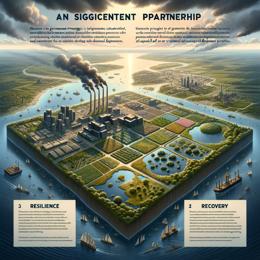Picture: for illustration purposes
Cape Town's Epoch-Long Struggle with Water Scarcity: An Historical Perspective
Dating back to its first colonial settlement, Cape Town has perpetually contended with water scarcity, as outlined by Professor Jenny Day at a recent seminar hosted by GroundUp. Her discussion, dubbed 'Cape Town as a Water-stressed City: 1650s-2020s', delineated how the city’s water supply predominantly depended on the rivers flowing from Table Mountain, including the Platteklip, Disa, and Hout Bay rivers. This resource was exploited as the city's population ballooned.
The Dutch East India Company, in establishing a stronghold in Cape Town in 1652, sourced early water supplies from mountain streams and springs. To combat water scarcity, amidst a plethora of solutions, the British, after assuming control of the Cape Colony in 1806, turned to the Platteklip Stream on Table Mountain as the main water source in the 1820s.
By 1849, water scarcity was rampant. The Platteklip stream had been fully exploited and potential dam sites on Table Mountain were identified to mollify the inadequate water supply. Moving into the 20th century, the National Department of Water Affairs broadened its scope to new water sites in Boland.
Sadly, all viable dam sites have been used. Current data reveals that nearly five million people inhabit the city, with an alarming influx of about 80,000 new inhabitants yearly. Despite a plan to prioritize water demand management and aquifer recharge, state capture continues to undermine efforts. However, the city of Cape Town is implementing measures such as recycled water injection into the Cape Flats aquifer to enhance water supply.










